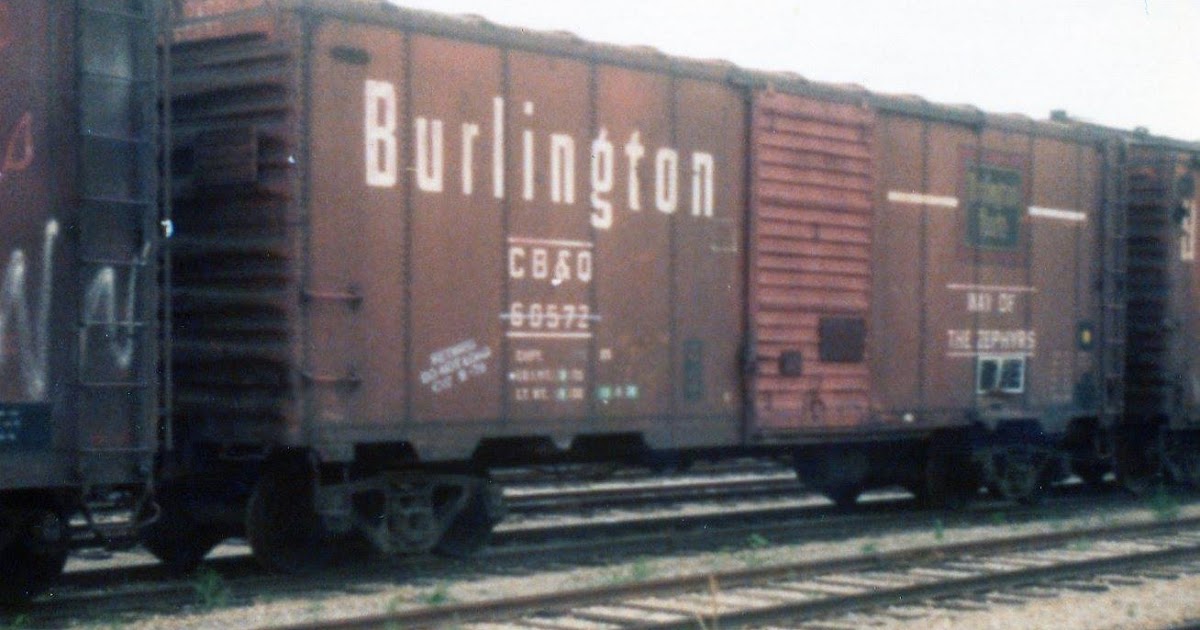Hi GuilfordRailman,
I've done a little bit of research on this subject. Plus I remember seeing some of this as a kid, when my family lived alongside a railroad spur and only about a block away from an old time feed mill/elevator.
For the most part, just a plain old, clean box car was all that was required. They needed to be in good condition with no holes in the floors or bodies or roofs, so as to not leak grain out or allow rain in when loaded, obviously. Plywood was used early on, nailed on from the inside across the door openings, but a cheaper method that eventually became the norm was by first nailing metal banding strapping across the door openings and then covering (from the inside) with a heavy cardstock-type paper over the strapping. Not quite sure about the spacing on the strapping, maybe every 6" to 8" or so all the way up the opening? Whether plywood or paper & strapping, they would leave about a foot or so open at the top of the door opening, just enough room so a man could climb out on a ladder when done installing the coverings, and then pull his ladder out.
From an engineering and practicality standpoint, 40' single door box cars with narrow or medium door openings (6' or 7' wide) would be the most ideal cars to use for grain loading. Longer cars would be harder to get the ends fully loaded, and wider door openings would require much stronger sealing techniques. Needless to say, I highly doubt if any double-door box cars would have been put into grain service!
At any rate, the cars were loaded with grain by a swinging spout that could be inserted thru the top opening and the grain could be directed towards each end of the car and filled as much as possible before being declared full. Finally, the steel doors would be slid shut, then latched and padlocked, ready for transportation.
I think there may have been some box cars that had roof hatches installed so as to bypass the door sealing procedures and thereby speed up the loading work, but I don't think these cars were very common. I'm guessing that while box cars with top hatches were easier to load than box cars without the top hatches, they still weren't any easier to unload. Which is why grain-friendly hopper cars started to become the norm. Plus, the old-time elevators had to start up-grading their facilities in order to accommodate both the loading and unloading of these new hopper cars, which also took some time accomplish nationwide (a decade or better).
Hope this helps. It's what little I know on the subject, and anyone that can add to this is more than welcome to chime in.




